Зарегистрируйтесь на getAbstract, чтобы получить доступ к этому краткому изложению.
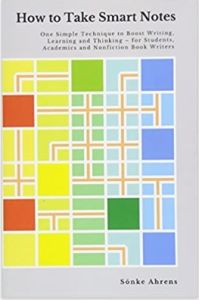
Зарегистрируйтесь на getAbstract, чтобы получить доступ к этому краткому изложению.
Sönke Ahrens
How to Take Smart Notes
One Simple Technique to Boost Writing, Learning and Thinking – for Students, Academics and Nonfiction Book Writers
CreateSpace, 2017
Что внутри?
Free your brain by using a “slip-box” system to store and connect your research information.
Recommendation
Researcher and author Dr. Sönke Ahrens explores the meaning of writing and discusses how to write effectively using the “slip-box system.” He explains how to follow the lead of Niklas Luhmann, a prolific author and sociologist who produced 58 books in 30 years. Luhmann’s slip-box, note-taking system allowed him to connect notes he’d made from his readings with other information from a variety of contexts. Whether you follow this manual’s process or create a digital version, the concept remains the same. It starts with writing notes about what you read and tracking how they intersect, which makes this illuminating for students, academics, researchers, businesspeople and other writers.
Summary
About the Author
Education and social science researcher Dr. Sönke Ahrens also wrote the award-winning Experiment and Exploration: Forms of World-Disclosure.











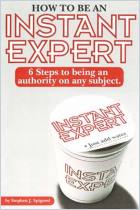
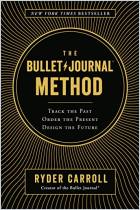
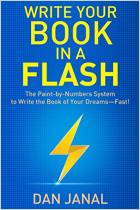
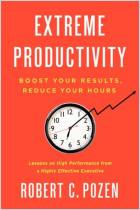



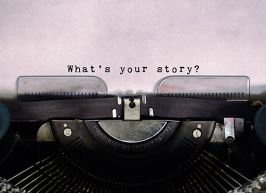

Comment on this summary